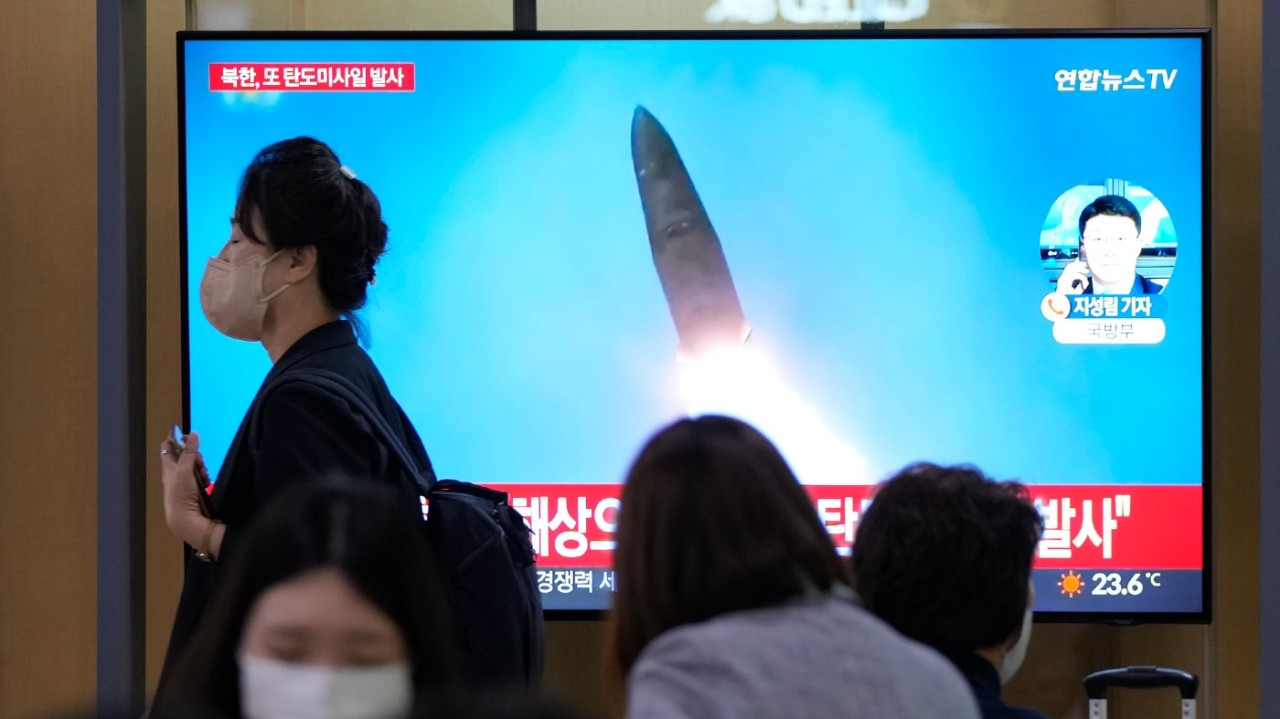
The U.S. military and South Korean forces held joint missile drills a day after North Korea launched a missile over Japan, U.S. Indo-Pacific Command announced late Tuesday.
The bilateral exercise over the West Sea was meant to “showcase combined deterrent and dynamic strike capabilities” and included the dropping of Joint Direct Attack Munition (JDAM) precision bombs on the uninhabited island of Jikdo off the western coast of South Korea, according to the release.
In their own statement, South Korea’s Joint Chiefs said four U.S. Air Force F-16s and four South Korean F-15K fighter jets took part in the exercise, with an F-15K dropping two JDAMs.
“The U.S. remains committed to peace and prosperity through the region in order to secure a free and open Indo-Pacific,” the Indopacom statement said. “Our commitment to the defense of the Republic of Korea and Japan remains ironclad.”
During the live fire drills, however, a South Korean ballistic missile malfunctioned as it landed, according to multiple reports.
The explosion caused a fire which panicked those in Gangneung on South Korea’s eastern coast, as Seoul did not give an explanation as to the reason of the accident.
South Korea’s Joint Chiefs of Staff later said no injuries were reported and no civilian facilities were affected from the explosion, which happened when a Hyumoo-2 missile crashed inside an air force base on the edges of the city, The Associated Press reported.
North Korea on Monday tested an intermediate-range ballistic missile by firing it over Japan, raising alarms over the hermit nation’s growing nuclear capabilities and fears it may soon conduct its first nuclear test since 2017.
The missile eventually landed in the Pacific Ocean and did not cause any casualties, though Japanese authorities issued evacuation warnings to residents of Hokkaido and Aomori prefectures in the island’s north.
The weapons test — Pyongyang’s fifth in roughly a week — is seen as the isolated nation’s most provocative in five years, as the last time it fired a missile over Japan was in September 2017.
Both U.S. and Japanese officials have condemned the launch, which came just days after Vice President Harris traveled to Asia for former Japanese Prime Minister Shinzo Abe’s funeral and to meet with South Korean leaders.
In another response to the North Korean missile, the Pentagon has repositioned the USS Ronald Reagan aircraft carrier and strike group east of North Korea, Reuters reported.
South Korea’s military said it was a “highly unusual” move meant to show U.S. commitment to respond to any threats from North Korea, according to Reuters.
U.S. Indo-Pacific Command did not immediately respond to a request for comment to The Hill.
The U.N. Security Council was also set to meet Wednesday to discuss North Korea, per the U.S. request.
–Updated at 12:17 p.m.




